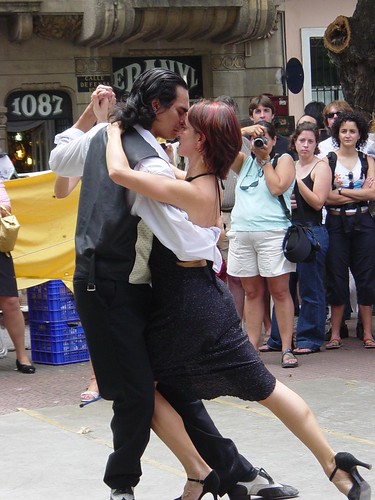Moving – http://www.jettplane.com
October 15th, 2009After a few years we’ve decided that we should probably move along with our geeky selves and create a blog on our own domain. We’ll be trying some different posts while we’re over there, in an effort to be awesome. The guys at bootsnall are being nice enough to send us these files, so we should be moving the archives over shortly.
It’s also very easy to remember.



















